What is IIS?The term "IIS" stands for Internet Information Services, which is a general-purpose webserver that runs on the Windows operating system. The IIS accepts and responds to the client's computer requests and enables them to share and deliver information across the LAN (or Local Area Network) such as a corporate intranet and the WAN (or Wide Area Network) the internet. It hosts the application, websites, and other standard services needed by users and allows developers to make websites, applications and virtual directories to share with their users. A web server provides the users with information in several different forms, such as File exchanges as a download, uploads, Images files, HTML pages, and text documents. The webservers are commonly used as a portal for sophisticated and highly interactive websites, applications that tie middleware and back-end applications together to make enterprise-grade-systems. For example, AWS enables media services such as Netflix to provide real-time streaming content. Amazon web services also enable public cloud administration all through the webservers. Generally, the IIS is also compared with the Apache, which is also a kind of web server that is freely available for everyone. We can simply say that both works the same except that the apache web server can be used almost on any operating system such as Windows, Linux, and Mac, While the IIS is only available for windows. However, the IIS integrates with Microsoft's other products, such as the .NET Framework, the ASP scripting language. The IIS also has its own helpdesk to manage and solve issues while, on the other hand, the Apache webserver's supports almost come from the user community. Additionally, the IIS has the security features, which makes it a more secure and efficient option than the Apache. How IIS worksIt works through several different standard languages and protocols. HTML is used for creating a variety of elements. For example, texts, buttons, hyperlinks, and direct/indirect behaviors. The HTTP (or Hyper Text Transfer Protocol) is used for exchanging the information between the two or more servers and users. HTTPS --HyperText Transfer Protocol Secure over the SSL (or Secure Sockets Layer) -- uses SSL (secure sockets layer ) to encrypt the communication to add additional data security. The FTP (or File Transfer Protocol ), or its secure variant, FTPS, can transfer files. IIS Express for testingMicrosoft itself provides a specific IIS version, which is known as the IIS Express, for developers to test their websites and applications. IIS Express provides all the major capabilities of a full IIS web server, but many tasks can be performed without administrative privileges. SecurityOrganizations need to take security measures to protect the webserver from security breaches to ensure that the website is secure. Companies can use the facilities built into IIS to harden IIS. Some of the ways that can be used to harden the IIS to avoid the security breaches are listed below:
Steps to install and configure IISTo install the IIS on the server running on the Microsoft Windows, follow the following given instructions. These are the following instruction to install IIS (Internet Information Services): 1. First of all, open the control panel by double-tapping on its icon. 2. Search the option "Programs" from the following available options and click on it. 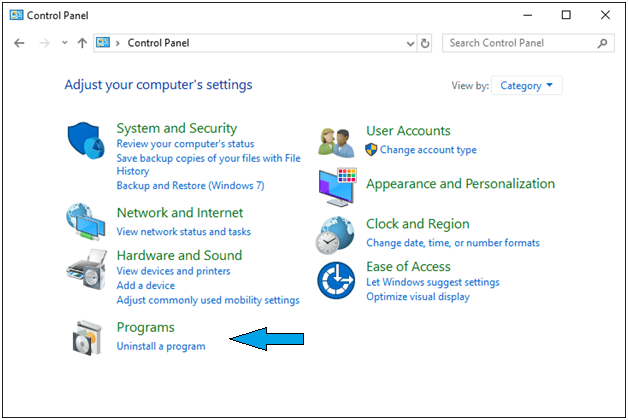
3. Now click on the option "Turn Windows feature on and off, possibly given under the "Programs and Features as shown in the below image. 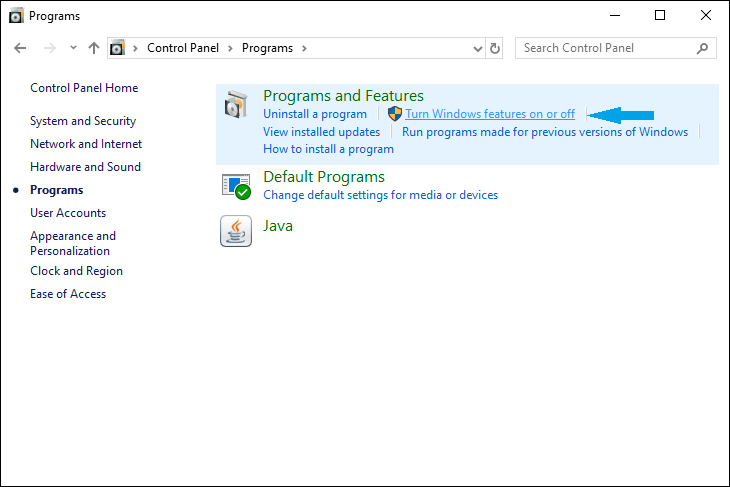
4. On clicking on the " Turn Windows features on and off" option, a prompt will open, as shown below: 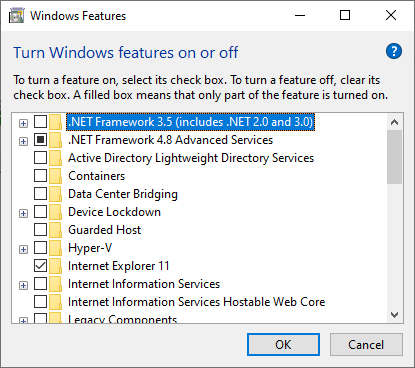
When the prompt gets opened, search for the "Internet information Services among the following given options and marked it as checked to expand the other option. 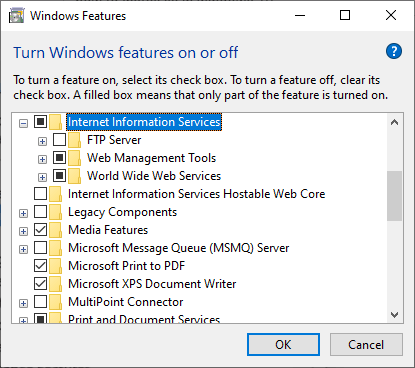
5. Now click on the 3rd option, which is "World Wide Services." 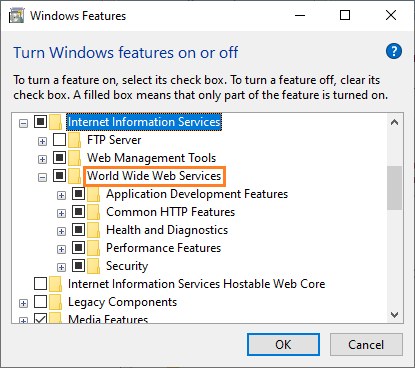
6. Double click on the first option, "Application Development Features," given below the "World Wide Services." 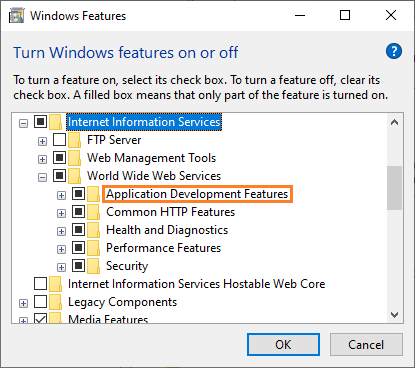
7. Mark the "CGI" option as checked, and you can also choose several other options if you needed them. 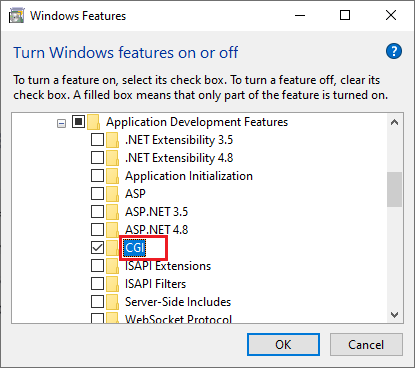
8. Click on the "Ok" button and wait till the changes get applied. 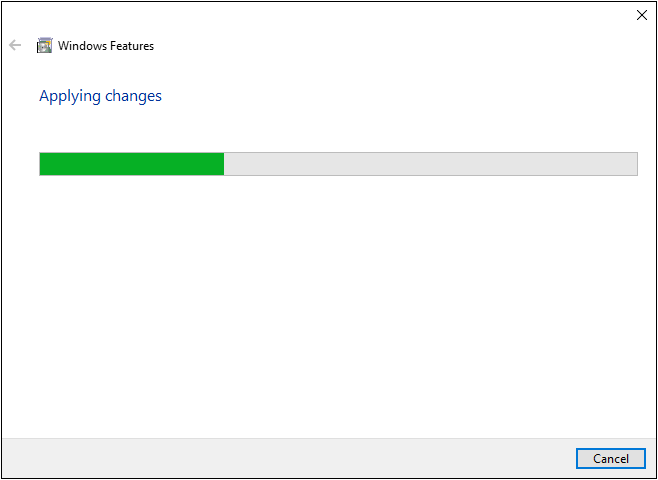
After the process of implementing changes, it may ask to restart the system, so just allow it, and after that, the installation is complete. Now you can use the Internet Information Services by typing "IIS" in the Windows search box. Instructions to Install the Internet Information Services using the PowerShell:
Differences between IIS and Apache
|
 For Videos Join Our Youtube Channel: Join Now
For Videos Join Our Youtube Channel: Join Now
Feedback
- Send your Feedback to [email protected]int.com
Help Others, Please Share










